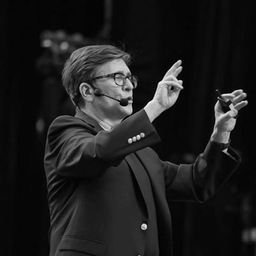
John Nosta
Founder, NostaLab and Contributor at Freelance
I'm a Leading Innovation Theorist in Technology, Artificial Intelligence and Medicine.
Articles
-
1 week ago |
psychologytoday.com | John Nosta |Jessica Schrader
Source: ChatGPT modified by NostaLabI think it's fair to say that we’re entering a moment where the boundaries of authorship are beginning to blur, and perhaps permanently. A recent study from MIT is making headlines for its provocative claim that using ChatGPT may be dampening your brain. In fact, the study title, "Your Brain on ChatGPT," harkens back to the famous "This is your brain on drugs" campaign.
-
2 weeks ago |
psychologytoday.com | John Nosta |Lybi Ma
Source: ChatGPT modified by NostaLab. Here's something I found both fascinating and important, but let's let the authors speak for themselves. “While LLMs form broad conceptual categories that align with human judgment, they struggle to capture the fine‑grained semantic distinctions crucial for human understanding.”—Tokens to Thoughts: How LLMs and Humans Trade Compression for MeaningThe authors don’t just hint at a problem; they name it, and that name is precision.
-
3 weeks ago |
psychologytoday.com | John Nosta |Margaret Foley
Source: ChatGPT modified by NostaLab. There’s a curious irony in the world of artificial intelligence that has really gotten me thinking. In fact, I've often discussed the nature of "thought" in the context of large language models. From "cognitive theater" to "technological architecture," I've studied these thinking machines and explored the illusion of fluency masquerading as thought. Now, Apple’s new research on reasoning models takes a close look at this very issue.
-
3 weeks ago |
qoshe.com | John Nosta
-
3 weeks ago |
qoshe.com | John Nosta
Try JournoFinder For Free
Search and contact over 1M+ journalist profiles, browse 100M+ articles, and unlock powerful PR tools.
Start Your 7-Day Free Trial →X (formerly Twitter)
- Followers
- 80K
- Tweets
- 157K
- DMs Open
- Yes